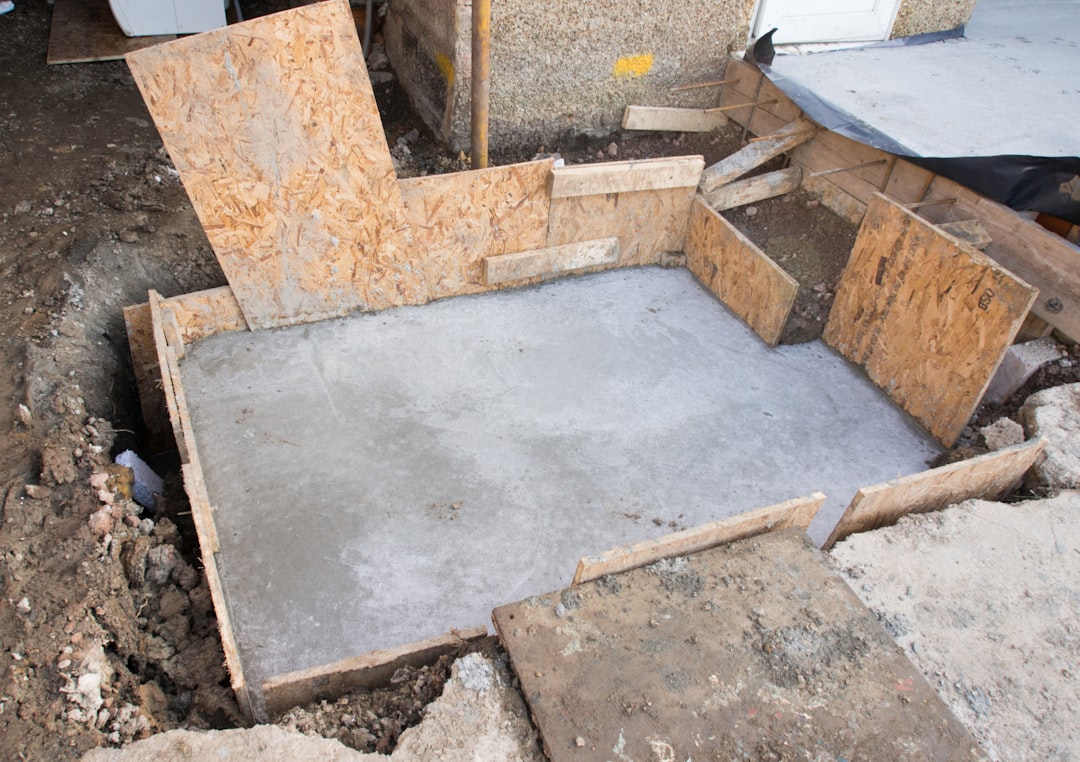
For construction professionals, accurately estimating the labor cost to tile a tub surround is crucial. Typically, labor accounts for 50-65% of the total budget. Factors such as square footage, tile type, and local market rates significantly influence costs. This guide provides detailed insights to help you price projects effectively and maintain profitability.
In 2025, labor costs for a standard 3-wall tub surround (60" x 30" x 72") range from $1,200 to $2,800. In high-wage areas, costs can exceed $3,000. Typical labor costs include:
Additional costs arise from demolition, framing adjustments, or custom features like niches and waterproofing.
Tile Size & Pattern: Large tiles require precise substrate preparation, increasing labor time.
Substrate & Waterproofing: Sheet membranes take longer to install but offer superior performance.
Layout Complexity: Patterns like herringbone require more cuts and time.
Site Accessibility: Difficult access can add labor hours.
Change Orders: Late changes can disrupt schedules and increase costs.
CountBricks uses AI to provide accurate labor estimates. During client calls, our software identifies project elements and calculates labor needs based on tile type, pattern, and local wages. Benefits include:
1. Voice Capture: Discuss finishes with the client.
2. Instant Takeoff: Upload plans; CountBricks measures areas.
3. AI Assembly: Matches surfaces to labor tasks.
4. Cost Localization: Adjusts rates based on location.
5. Proposal Generation: Creates detailed proposals.
6. Client Approval: Digital signatures lock in prices.
Accurate estimates prevent overbidding and underbidding, protecting margins. CountBricks users report a 28% increase in job margins. Precise labor inputs also improve scheduling and project turnover.
A Los Angeles contractor used CountBricks for a guest bath remodel, achieving a 38% gross profit by accurately estimating labor at $1,840 and winning the bid at $2,250.
• Skipping surface prep
• Not staggering tasks
• Pricing by square foot only
• Missing punch-list hours
• Order factory bullnose pieces
• Pre-cut backer board
• Use leveling spacers
• Schedule electrical checks
• Seal grout promptly
Eliminate guesswork in your bids. Visit CountBricks.com to start your free trial and see how precision pricing can enhance your business.

A Phoenix remodeler used CountBricks for a master bath project, achieving precise estimates and a 36% gross profit.
• Surround area: 112 sq ft
• Tile: 12" x 24" matte porcelain
• Extras: niches, trim, waterproofing
• Labor forecast: 29.5 crew-hours
• Quoted labor: $2,150
• Actual hours: 28.8
• Gross profit: 36%
• Client satisfaction: 9.8/10
• Seamless change orders
• Efficient scheduling
• Streamlined invoicing
• Build a tile pattern library
• Use material alerts
• Share proposals with clients
Optimize your labor estimates with CountBricks. Visit CountBricks.com for more information.